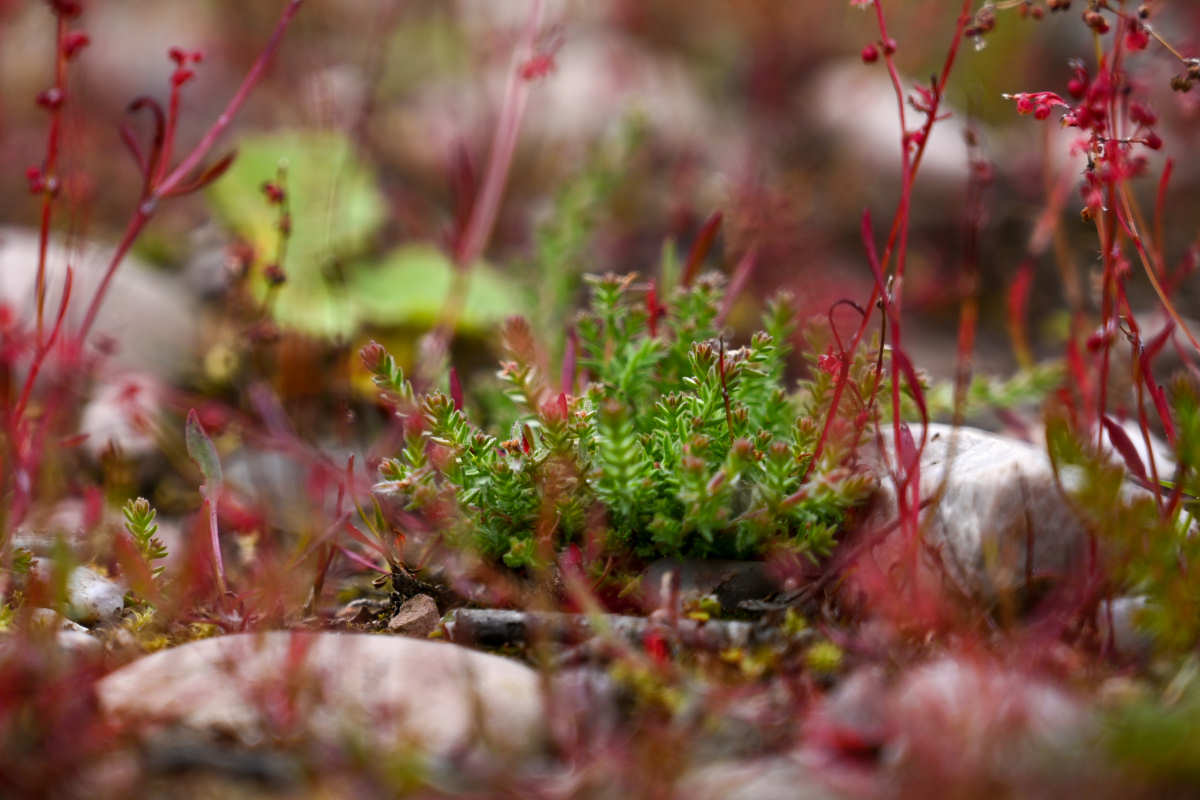From heather to marsh violets, purple plants are providing vital food for rare wildlife at Dudmaston Estate.

National Trust habitat restoration work at Dudmaston Estate, has helped to strengthen populations of scarce species of butterfly, including the White Admiral.
Low growing shrubs, such as heather and gorse, are characteristic of heathlands; a ‘priority’ habitat which is fading fast from the British countryside.
5,000 heather plugs were planted out at Mose Farm on the Dudmaston Estate, near Bridgnorth earlier this year. Once mature, the plants will provide a vital source of nectar for butterflies and many invertebrates to feed on.
Across the three counties of Shropshire, Staffordshire and Worcestershire, the Sandscapes project is restoring areas of sandy soils to re-establish rare or extinct species associated with heathlands.
This rare, fragmented habitat has declined dramatically over the last 200 years, due to change in agricultural practices, conifer planting and development pressures.
Lead Ranger, Ewan Chapman said: “It’s hard to imagine a walk on a warm, summer’s day without thinking of a butterfly fluttering through long grass. The truth is, without action, lots of species of butterfly will be scarce or even extinct within the next decade.”
“Restoring this heathland landscape has encouraged the growth of larval foodplants, which caterpillars feed on, as well as nectar sources, such as heather, for adult butterflies to feed on. Essentially, this kind of habitat benefits all stages of a butterfly’s life cycle.”
Over in the Shropshire Hills, another swathe of purple is being injected into the countryside. By the end of this Autumn, some 20,000 marsh violet plants will be planted out in a bid to provide a vital food-source for the caterpillars of the rare Small Pearl Bordered Fritillary butterfly.
This mass planting is part of the Stepping Stones project which aims to improve habitat connectivity across the Long Mynd and Stiperstones.




 Shropshire Live is regulated by
Shropshire Live is regulated by